JAN: “If you could draw a picture of what you felt the moment you received the news, what would it be?”
GADO: “I don’t know!” (Chuckles) “I was blank!”
It takes a very powerful moment to make a man who has spent almost a quarter of a century filling out blank canvasses with witty cartoons to be, well, blank . Then again, it isn’t every day that you get the news that you are out of a job. After 23 years.
Godfrey Mwapembwa, better known to Kenyans and followers of his work around the world as GADO, talks of this moment with shades of disbelief on his face. They seem to have endured the months between the November 2015 meeting between him and Nation Media Group’s Editor-In-Chief, Tom Mshindi, and our evening meeting early this March.
It is the disbelief, perhaps, of a man whose stature as an editorial cartoonist isn’t just renowned locally, but globally. Every few minutes, he returns to one statement that perhaps sums up what feeling filled up that blankness he was initially confronted by; betrayal. During that meeting, GADO found out that the Nation Media Group would not be renewing his contract.
“ It wasn’t that it happened – rather, how it all happened that I am disappointed in,” he says.
It’s hard not to see why GADO’s look back on what led to the end of one of the longest running editorial cartoon partnerships that the Nation has ever had would be wistful.
GADO’s being pushed towards the exit of the Nation Media Group began on different dates, depending on who you speak to within the organization. He tells me that some senior editors think that his fate was sealed in March of 2013, the month that the Jubilee Government was elected. Others, who wouldn’t speak on the record, think that the change of guard at the senior level of management had more to do with his exit than anything else. Specifically, Tom Mshindi’s alleged pedantic, almost over-bearing order that he sees every editorial cartoon before it goes to print.
“When he (Mshindi) migrated to the money side (Mshindi was the Company’s Chief Operating Officer for a period), he never quite came back,” one senior editor told me.
The feeling in the newsroom, according to this editor is that Mshindi cares more about the bottom line than the journalism produced by what is arguably Kenya’s paper of record.
“Let’s put it this way; if there was argument between the business side and editorial, many think that Mshindi would back the business.”
This editor’s anecdote is the antithesis of GADO’s working relationship with his editors, given his almost strident defense of his freedom to express himself.
The sequence of events that would lead to his exit though, were set off on January 17th, 2015.
That was the date that the East African Newspaper, one of NMG’s regional publications, ran his cartoon, caricaturing the then President of Tanzania, Jakaya Kikwete. Kikwete was half nude in languid repose, nibbling on grapes from the hand of one of seven beauties. All of this was drawn in a very Roman setting. Each of these women represented one of seven sins that the Tanzanian government had been accused of. It was witty, brazen, caustic even (and far and away one of the more frontal critiques of Kikwete’s government), and the response from Dar es Salaam was immediate. “The East African was forcibly closed, with the official version of events being that the paper had run afoul of the country’s registration laws.
Needless to say, this sent senior management into a tailspin. Delegations headed to Tanzania were organized, as they had been in the past whenever something like this hit East Africa’s largest Media Company (on more than one occasion, Ugandan President Yoweri Museveni’s government has moved to shut down NMG’s interests there). Part of the olive branch that NMG’s then CEO Linus Gitahi would be offering would be some “action” against GADO over the cartoon.
“LG” as he was referred to by the staff at The Nation would lead this delegation. As this wasn’t his first time at the rodeo on issues like these, he came up with a solution that would soothe the Tanzanian government’s ego and not take any punitive action against GADO. According to GADO, Gitahi presented this proposal to him during a meeting on March 8th, 2015.
“ He told me that I should take a break to let things cool off. I understood why this needed to happen, and wasn’t averse to this,” GADO remembered.
“ When we got to the issue of how long that break would be, I suggested that I take a sabbatical, because I wanted to apply to the New York Film School anyway. We agreed to this on the basis that I would come back to the Nation after my sabbatical.”
Gitahi remembered that period, and GADO’s request to take a sabbatical, but his version of events around why GADO needed to take a break differs with GADO’s:
“There was no pressure about the Kikwete Cartoon, that maybe he should just take a little time off to let things cool down?” I asked Gitahi.
“No, no, there wasn’t pressure. I mean if you look at the cartoons that GADO has done in his life, and there are many, many cartoons that he has drawn which were far more controversial. I was there for nine years and I cannot remember ever telling GADO not to draw a cartoon.”
“So according to you there was no pressure?” I pressed.
“No, not just according to me, according to GADO, we agreed on a sabbatical”.
According to GADO though, the pressure that NMG’s management was under because of his cartoon precipitated a quick approval of his idea that he go on a one year paid break.
“LG said he would get in touch with Tom Mshindi (then the group’s Acting Editorial Director) to make the arrangements for the sabbatical” GADO said.
GADO’s sabbatical was approved, with a review of his contract slated for the 28th of February 2016. We saw a copy of the letter confirming this, signed by Mshindi on the 17th of March. All seemed well, with no indication that there would be trouble down the road.
“They” have reached a decision.
That wouldn’t stop the rumor-mill though. Immediately it became known that GADO had (temporarily) left the building, the grapevine was pulsing with yarns about his having been sacked. The rumors would cap off the widely held narrative that the many people who he had upset over the years, two of them being Kenya’s President and Deputy President, finally had their way and forced his removal. The rumors would also be proof positive that those in power were grabbing the real estate for fair comment and free expression in Kenya.
GADO says that he was none the wiser about this, and after hearing the rumors repeated to him a number of times, went to twitter and confirmed that he was on a study break.
That would all change few months down the road.
“I didn’t get into Film School as planned, so in October of 2015 I decided to come back to work early. I contacted Mshindi and told him them same. He hesitated, then told me that he would get back to me after some consultations,” GADO recalls, channeling the quizzical look he must have had on his face when he heard this.
“ One month later, in November he called me in. He said to me that “they” had reached a decision. First of all I didn’t know which “they” he was referring to!”
Mshindi told GADO that they wouldn’t be renewing his contract. Months later, the “they” who GADO was told were involved letting him go would be revealed to him in a blandly worded letter, dated the fourth of February, 2016:
“We refer to discussions with the undersigned the issue of your contract with the company.” The undersigned were the Group Human Resources Director, David Kiambi, and the Group Financial Controller, Japhet Mucheke.
‘As discussed, the company has opted not to extend your contract after your sabbatical leave expires in February 28th, 2016.”
Like the letter handed to him approving his sabbatical, Tom Mshindi signed this one as well – only now he was (and is) the Editor-In-Chief. Mshindi’s recollection of GADO’s exit didn’t stray far from the contents of the letter of Non-Renewal.
“The only thing that I want to say is that a contractual relationship between an employer and an employee is very clear and any one person can end that relationship if they feel that there is sufficient reason for that to happen.” Mshindi said.
“I’m trying to find out what those reasons were?” I asked.
“GADO went on a long sabbatical, and when it came time to review, we didn’t feel that it was necessary to renew his contract.”
“Why?” I asked again.
“Just that. Like you might feel like you want to leave your current employment. You don’t have to give too many reasons for that.” He said with a matter-of-fact tone in his voice.
“Considering that he had worked for the company for 20-23 years, shouldn’t there have been some sort of reason? Was there anything that he did wrong?” I pressed.
“No. GADO parted very amicably. We appreciated the fantastic work he’s done, but one party felt that it was not necessary to renew his contract. It’s really a contractual employment,” Mshindi concluded.
I had to give up the balls so that we could live to fight another day
Contractually, Mshindi seems closely tethered to the letter of the law. GADO was an independent contractor, whose terms of service are different from that of an employee. A standard Contractors contract has very limited termination clauses, which mostly cover notice periods and how monies owed shall be paid. For GADO though, it is the spirit of the contract; what the years of cartoons meant to the company.
“I was very disappointed with the manner in which my 23 years of dedicated service had ruthlessly been brought to a screeching end.” GADO says.
From that point of view, there does seem to be a false ring to the company’s reasons for not keeping GADO on. A strangeness to the final farewell to a man who had sketched hundreds of cartoons that captured, all at once, the complex, the infuriating, the unsaid and the taboo with brazen humor.
On the 2002 cartoon of President Daniel Arap Moi’s leaving the presidency, for instance, he drew Moi’s mug shot with a message in bold print beneath it: “You need more than an inauguration to let people know that he is no longer president!” GADO says with a chuckle, remembering just how much irritation and elation that cartoon caused at the moment in time it was published.

Unapologetic as ever, his cartoons would many times bring him in conflict with the powers that be. He remembers complaints from senior members of the past three regimes in Kenya, from diplomats and other powerful malcontents.
“I had got used to the complaints from those in positions of power because I knew my employer, above all else, had my back.”
He does note though, that the members of the current regime seem to be a pricklier and more willing to do something about it. He notes how, for instance, the depiction of President Kenyatta and Deputy President Ruto as dragging around a ball and chain in every cartoon, was allegedly the subject of board meetings. At one point, GADO alleges that their anger was made clear to one of his editors.
“They said that I should stop drawing the president with the ball and chains.”
‘I had to give up the balls so that we could live to fight another day”. He would, from time to time, slip those balls back into the frame, especially when the ICC cases were back in focus.

The drawing of Deputy President William Ruto getting a massage in a jet, which GADO coined as the “Hustler’s Jet” (Ruto often referred to himself as a Hustler – channeling his humble upbringing and “sacrifices” to become a senior politician) depicted what was one of the Jubilee government’s first scandals. The Nation had reported that Ruto had spent 100 million shillings on trips to other African countries using a private jet, at a time when the government was facing questions about lavish spending. Ruto’s office vigorously denied this, but GADO”s “Hustler’s Jet” cartoon captured the public’s imagination about that scandal. So popular was the phrase, that if formed the title of a Public Accounts Committee report on the spending.
Then there was GADO’s drawing Ruto with a Sikh Turban on his head. That seemed to push things further. GADO remembers a phone call to him from one of the Deputy President’s handlers about the cartoon.

Pointing out which one cartoon led to his exit would be a mistake. Looking at his body of work, and the freedom of expression that it represented, especially to the journalistic community leads one closer to why his exit leaves such a gaping hole in the Nation (which is currently faced with a public relations nightmare over the administration’s sacking of yet more senior editors).
“If this can happen to GADO, who can’t they go after?” Patrick Gathara asks rhetorically. Gathara briefly took over from GADO as the Editorial cartoonist at the Nation before moving on to the Star.
Gathara’s view on GADO’s exit, as well as the sacking of other senior journalists like Dennis Galava, Mugumo Munene and Andrew Teiye, is a giving away of a space that hard been fought for. He’s unequivocal that the government is behind this push back against the Nation’s journalists.
The Kenya Union of Journalists believes the same.
“If we give them an inch, they’ll keep demanding more. We shouldn’t allow the government to set a marker on what can be reported,”Gathara says.
GADO pledges to keep being as ferociously funny in his cartoons (some of which he posts online). Even as he won’t be drawing for the Nation, he thinks that the pressure on the Media is larger than what he’s gone through.
He intends to focus on his business, Buni Media, but hints that he might not let the Nation have the last word on his exit.
As for his cartoons, well, they won’t be in the Nation, but they will be available, no matter the subject he will apply his art to.
“I have freedom of choice, I will always find a way. Some subjects are tough; you struggle with them but in the end you always find a way to draw and add humor,” he says.
GADO may need all the creativity he can get. In a country that was accustomed to seeing his signature and pithy commentary by the little man at the corner of every cartoon that made many laugh, the alleged loss of the government’s sense of humor is nothing to laugh about.
Next Read >> The Amazing Cartoon that Got GADO fired

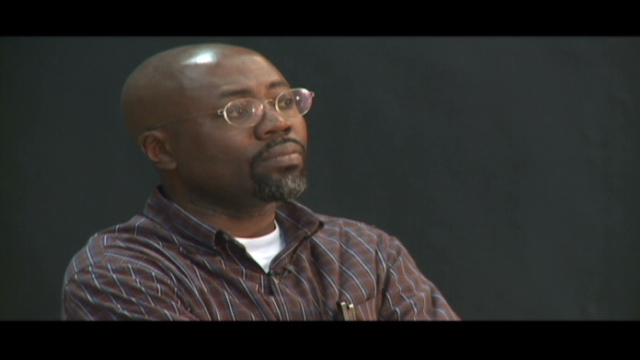

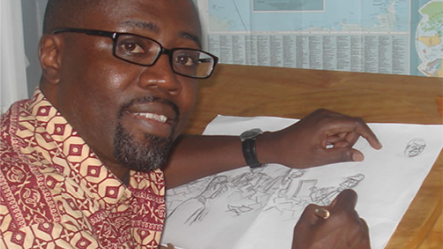


















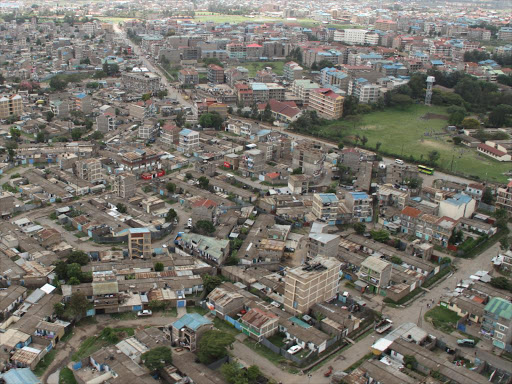



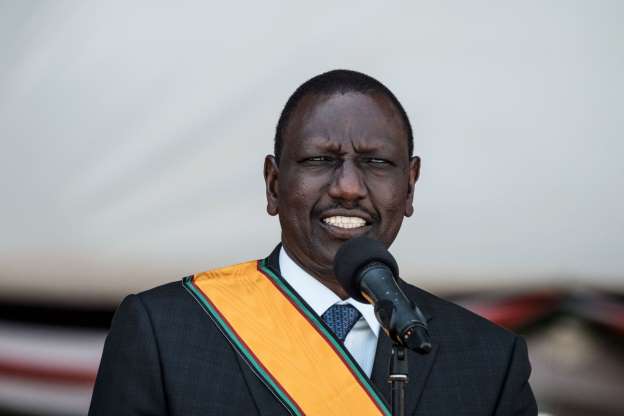















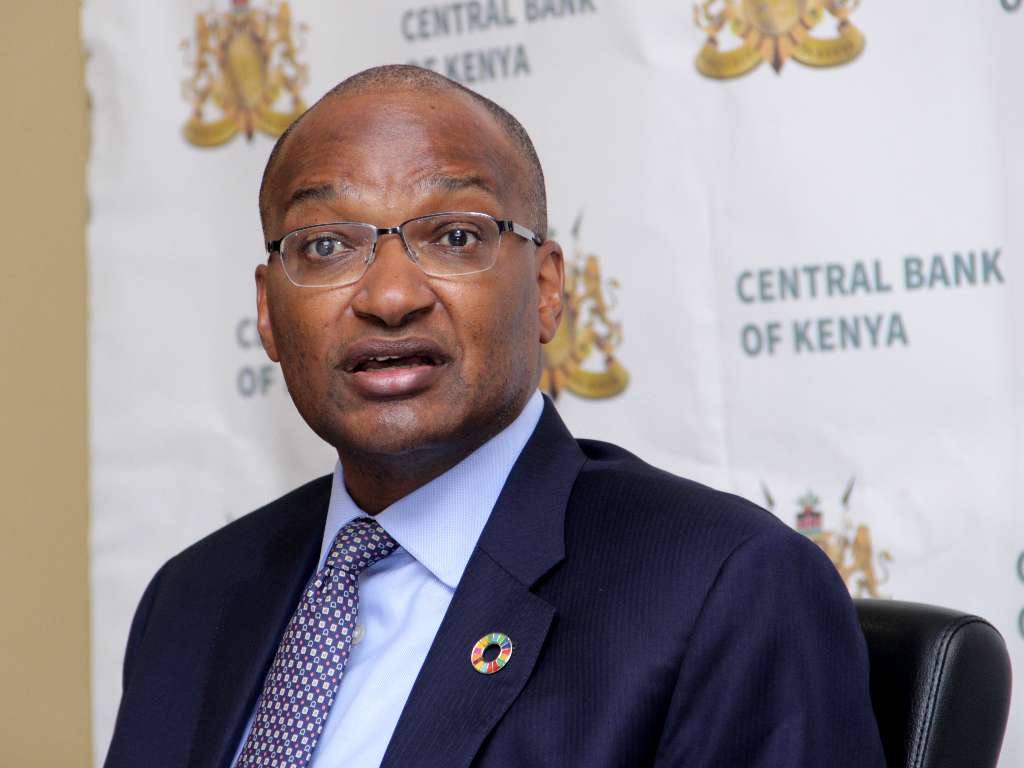




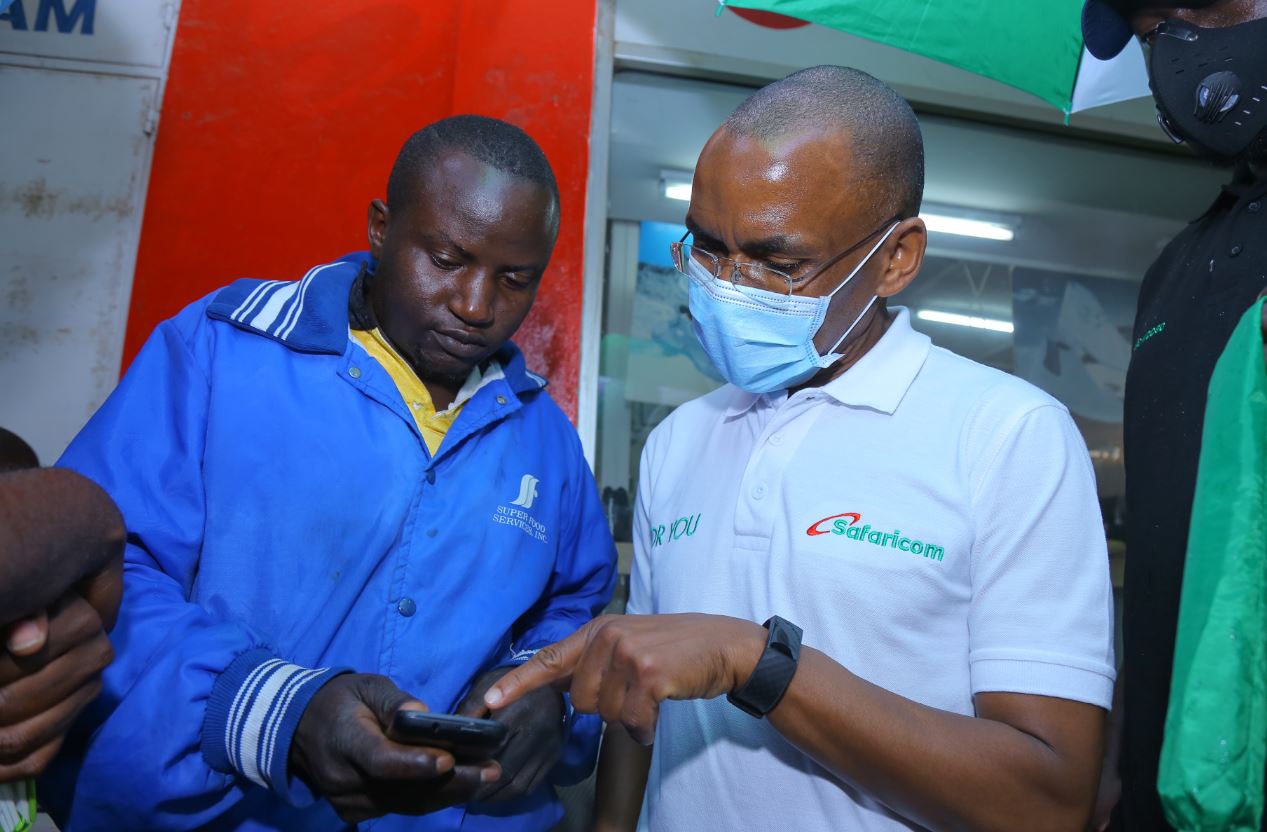



![Pula Co-Founders and Co-CEOs, Rose Goslinga & Thomas Njeru. Pula provides agricultural insurance and digital products to help smallholder farmers manage climate risks, improve farming practices and increase their incomes. [ Photo / Courtesy ]](https://businesstoday.co.ke/wp-content/uploads/2021/01/Pula-Co-Founders-and-Co-CEOs-Thomas-Njeru-Rose-Goslinga.jpg)







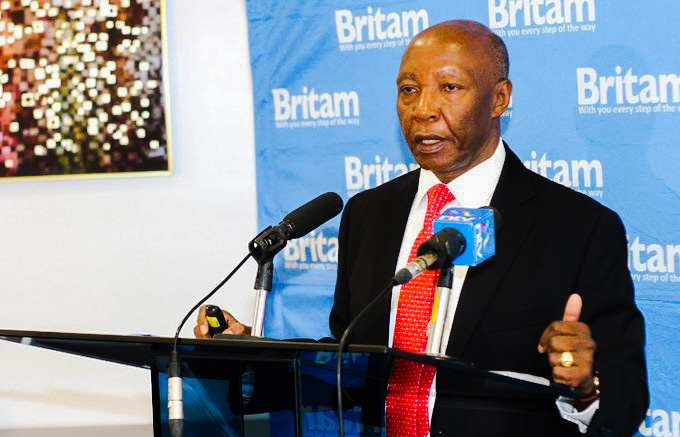
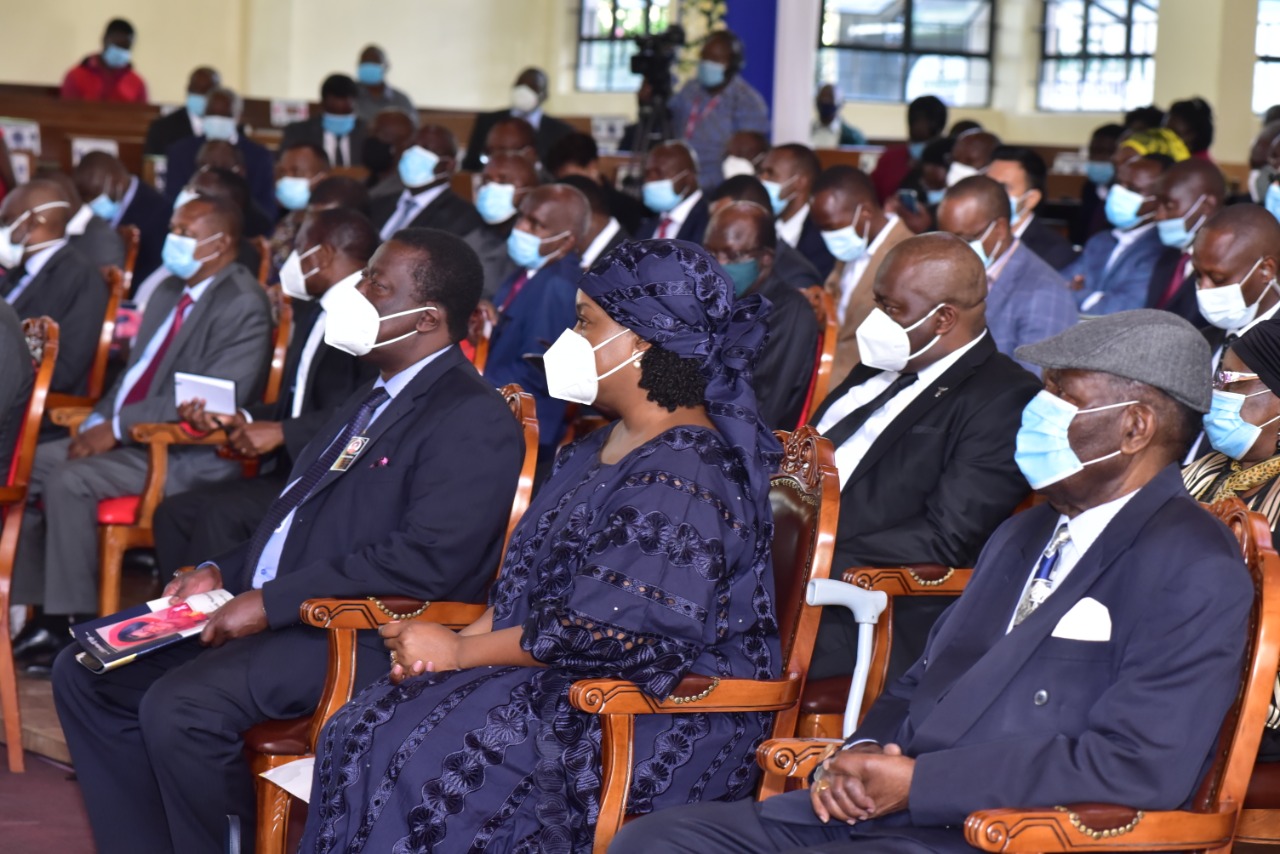







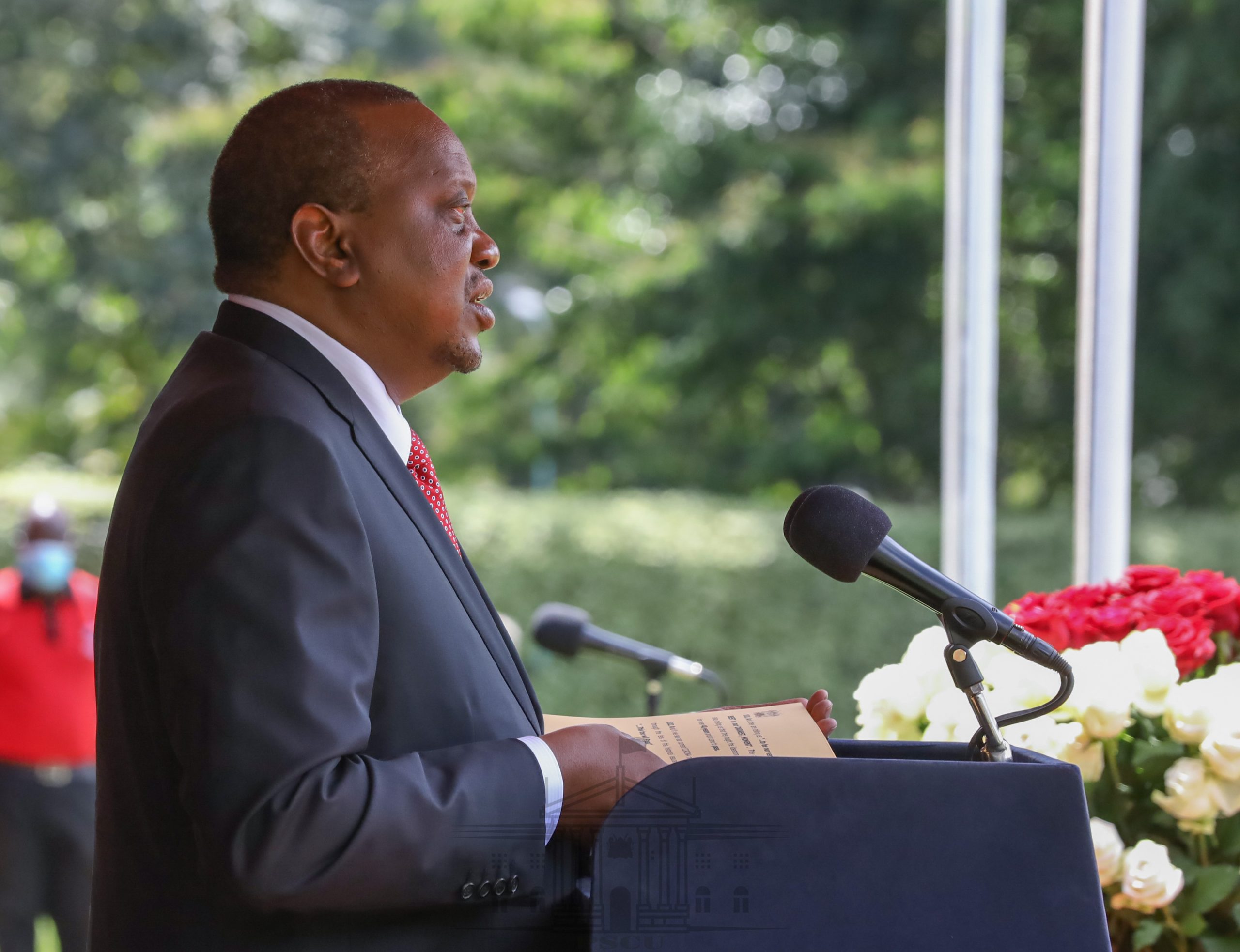





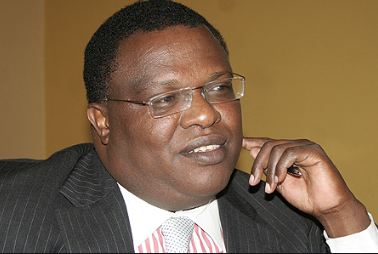

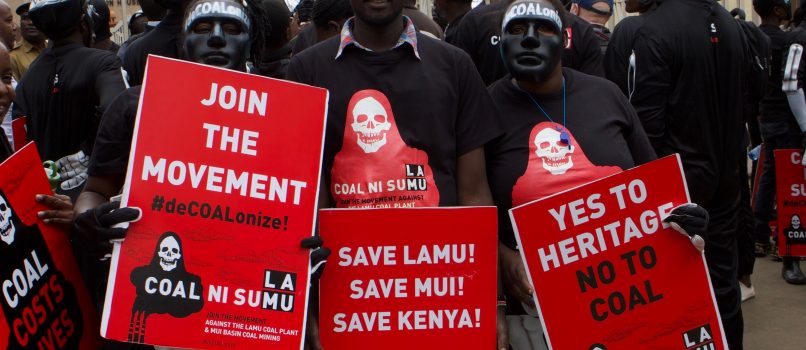









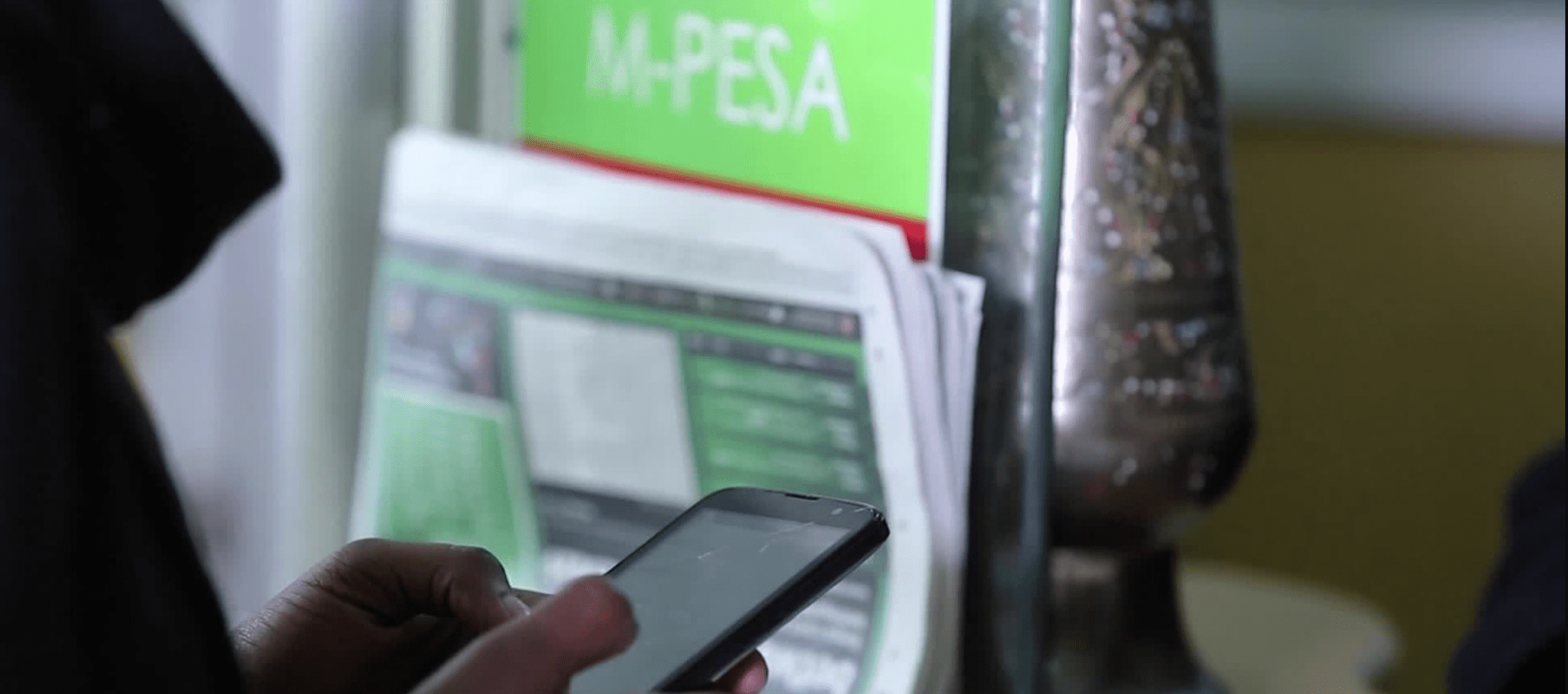





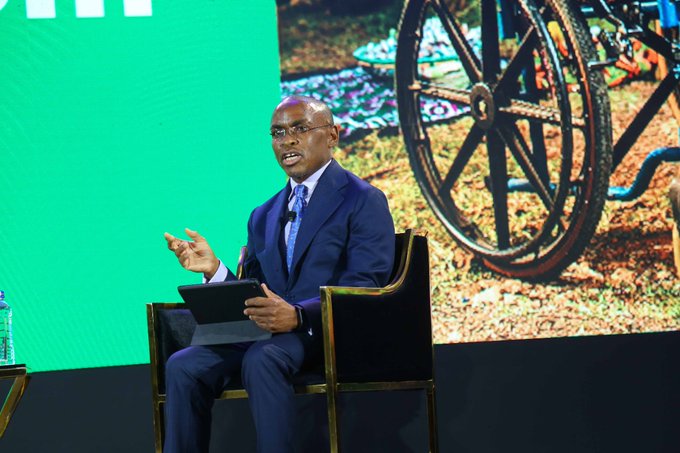

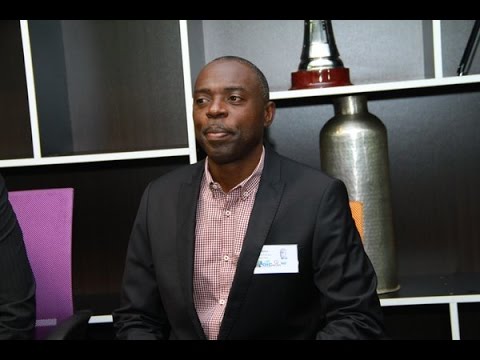


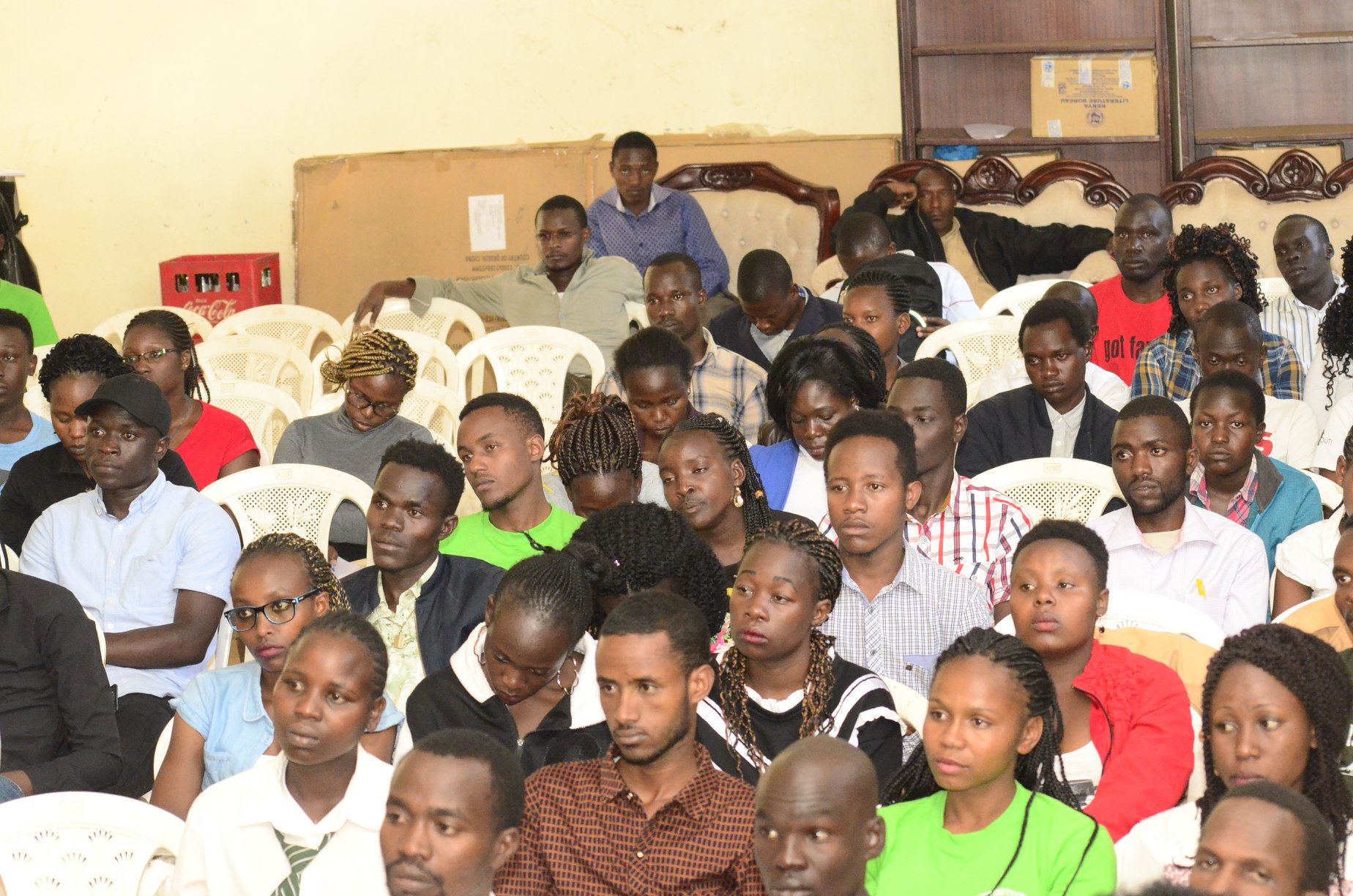


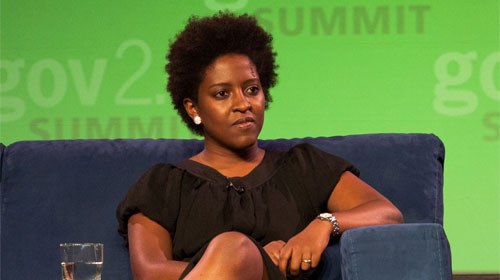

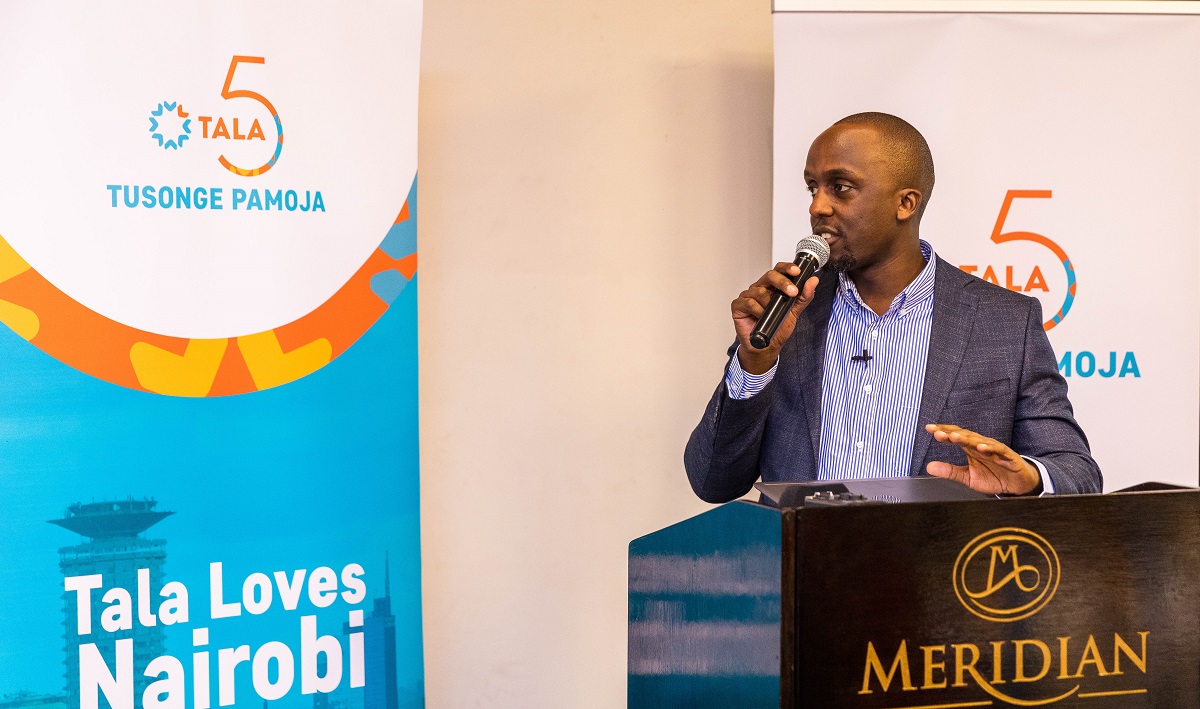





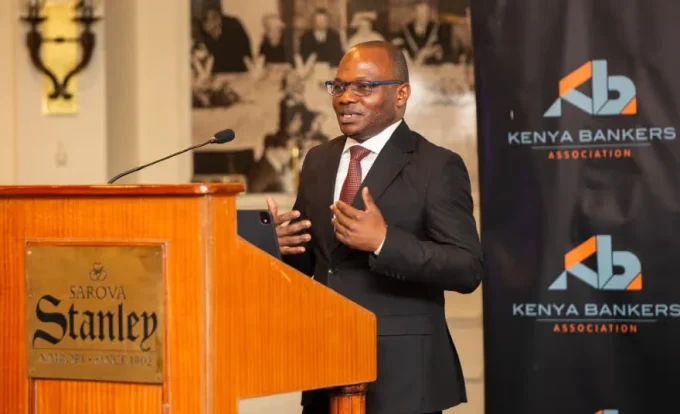



Leave a comment